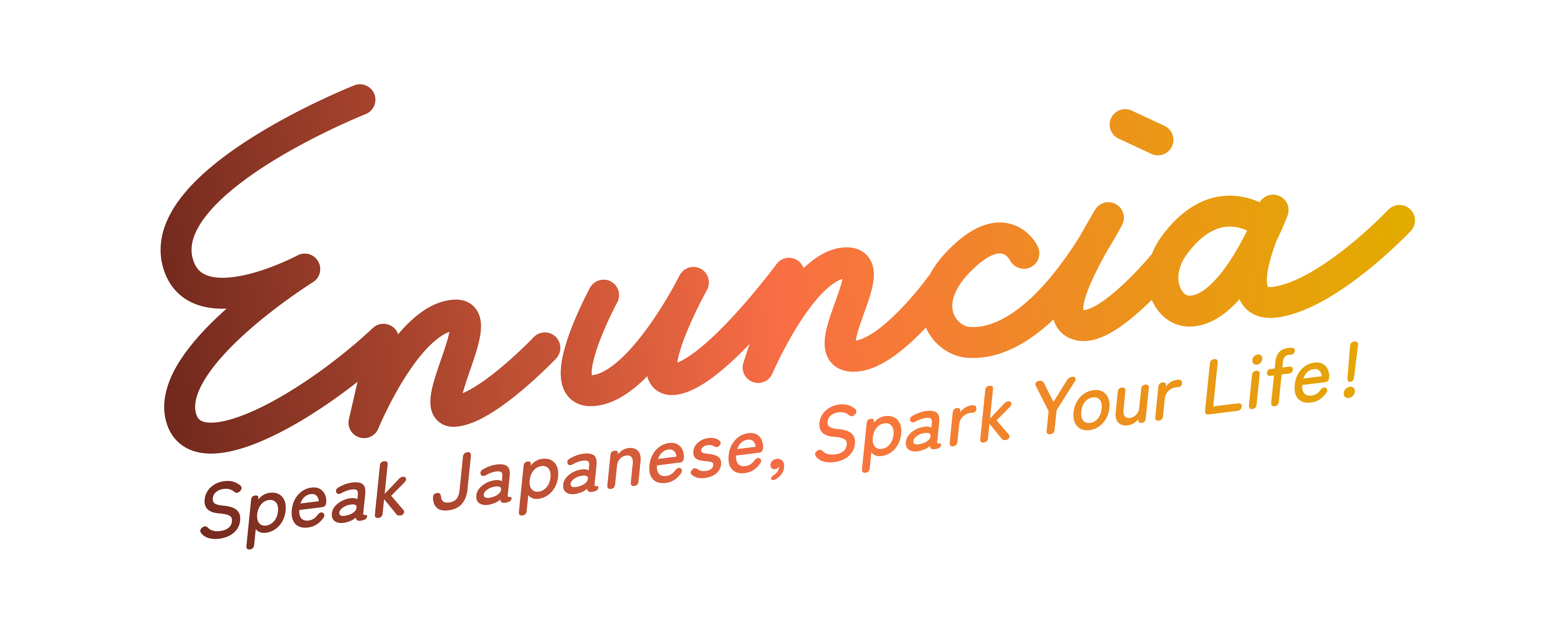JLPT N2・N3 Grammar – Difference between “〜に従って” and “〜に沿って”

Table of Contents
1. Difference between “〜に従って” and “〜に沿って”
2. Aに従ってB
3. Aに沿ってB
4. 〜に従って VS 〜に沿って
5. Summary
6. Quiz
7. Similar Articles
8. Comment
Q: What is the difference between “〜に従って” and “〜に沿って”?
A: Although “〜に従って” and “〜に沿って” differ by only one kanji character and may seem to have similar meanings, they actually have completely different meanings.
Let’s look at each one in detail.
Aに従ってB (JLPT N3)
[Meaning]
When A changes, B also changes
[Rules]
[V] Verb Dictionary form+に従って
[N] Noun (N of するVerb)+従って
[Examples]
[V] 時代が変わるに従って、ファッションも変わります。
As times change, fashion also changes.
[N] 時代の変化に従って、環境は悪くなっています。
As the times change, the environment is getting worse.
Aに沿ってB (JLPT N2)
[Meaning]
Do B in a way that stays aligned with A
[Rule]
[N] Noun+に沿って
[Examples]
[N] 線路に沿って歩きます。
I walk along the railway tracks.
[N] お客様のご希望に沿って計画を作ります。
We create plans according to the customer’s wishes.
〜に従って VS 〜に沿って
First, let’s use the same word “時代“(times) for A.

[Example 1]
時代が変わるに従って、ファッションも変わります。
As times change, fashion also changes.
Simply put, “Aに従ってB” indicates that B changes in response to A’s changes.
Additionally, B often changes naturally, rather than due to the will of the speaker or anyone else.
In other words, the example sentence means “The change of the times is naturally changing fashion.“

[Example 2]
時代に沿ってファッションを変えます。
We change fashion to align with the times.
Next, in the case of “Aに沿ってB,” B is influenced by the will of the speaker or someone else to stay aligned with A.
From the example sentence, it means “The speaker or someone is changing their fashion to stay aligned with the fashion of the times.“
[Aに従ってB]
Let’s think a bit more about this grammar.
In this case, words indicating change or involuntary verbs are used for both A and B.
[Examples]
夕方になるに従って、空が暗くなってきました。
As evening approaches, the sky becomes darker.
テストの日が近づくに従って、緊張してきました。
As the test day approaches, I am becoming more nervous.
時代が進むに従って、便利なものが増えていきます。
As times progress, convenient things increase.
[〜に沿って]
In this grammar, A often uses words like “expectations,” “hopes,” “policies,” or “manuals.”
B then expresses the speaker’s will or desire to stay aligned with A.
[Examples]
この線に沿って並んでください。
Please line up along this line.
このマニュアルに沿ってやってください。
Please follow this manual.
会社の方針に沿って働いてください。
Please work according to the company’s policy.
Summary
Aに従ってB
- It indicates that when A changes, B also changes.
- Words indicating change or involuntary verbs are used for both A and B.
- B is often a natural change.
Aに沿ってB
- It indicates doing B in a way that stays aligned with A.
- A often uses words like “expectations,” “hopes,” “policies,” or “manuals,” and B expresses the speaker’s will or desire to stay aligned with A.
- Additionally, B represents a change influenced by the will of the speaker or someone else.
Quiz
Are these sentences correct? Please answer with ◯ or ×!
Click on the question to check the answer.
A. に沿って
計画に沿って時間も決めなければなりません。
We must set the time according to the plan.
*Since it means “not straying from the plan,” “に沿って” is appropriate.
A. に従って
寒くなるに従ってかぜをひきやすくなります。
As it gets colder, it becomes easier to catch a cold.
*Both A and B indicate changes, so “に従って” is correct.
A. に沿って
お客様のご期待に沿って新しい製品を作っています。
We are creating new products according to the customers’ expectations.
*Since it means “not straying from the customer’s expectations,” “に沿って” is used.
A. に従って
車が増えるに従って空気が悪くなっています。
As the number of cars increases, the air quality worsens.
*Since it talks about the change of “increasing,” “に従って” is correct.






Great info!
Thank you!!